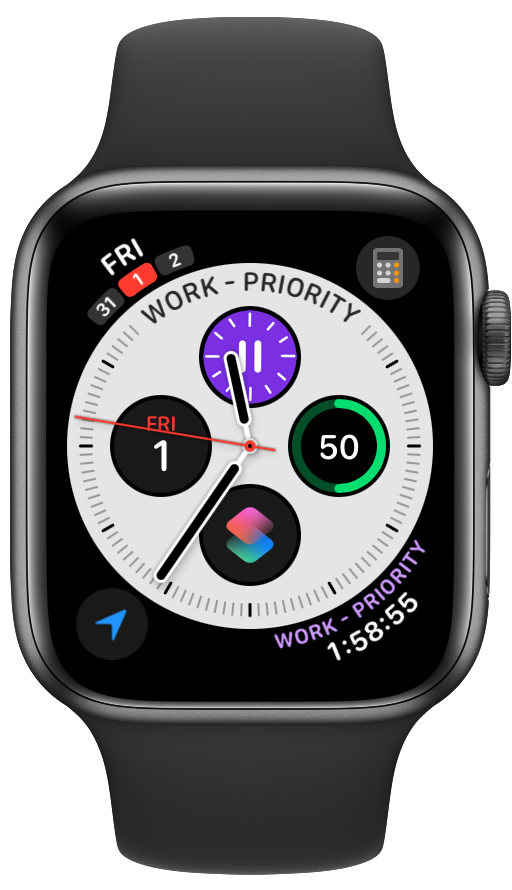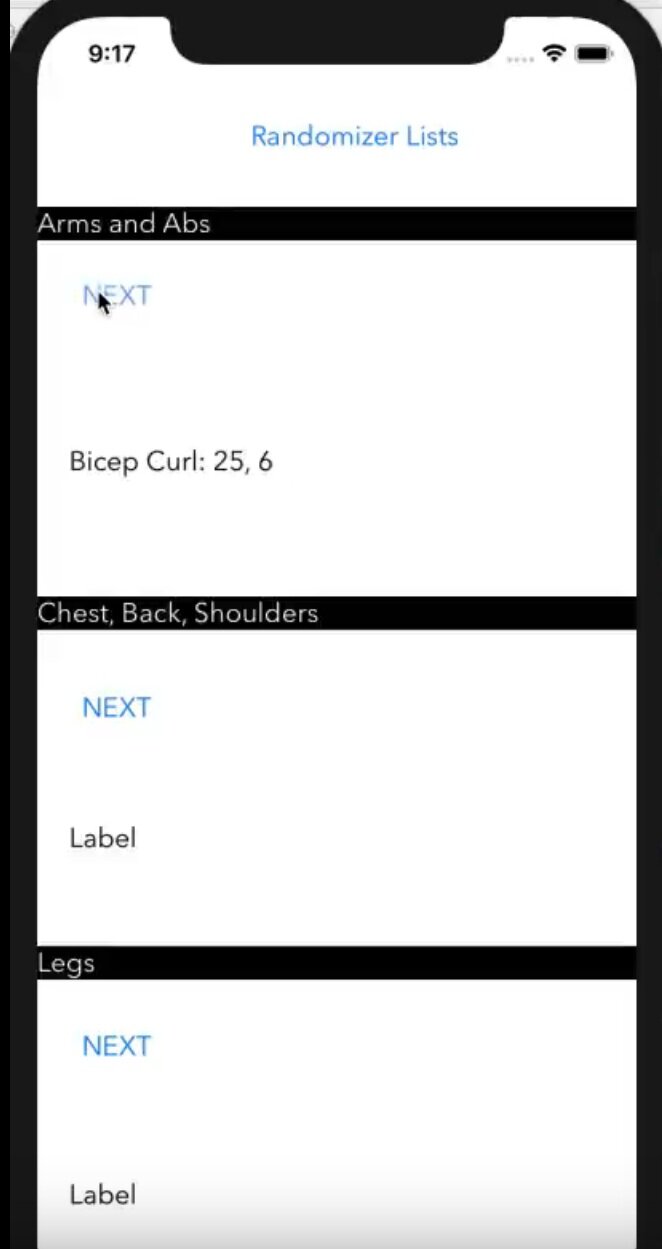Practicing Writing
I wanted to start writing more. So I did what seemed natural, and put a daily repeating “write for a half hour” task into my todo list system.
I didn’t complete that task even once. But I did succeed in making myself feel guilty about failing, and I told myself that the reason I failed was that “I didn’t really want to write."
New habits and practice routines are difficult to build by force for the same reasons I outlined last week. We’re incompetent at most practice routines because we’ve never done them before. On top of that, even if we find a practice routine that worked for somebody else, the routine itself isn’t usually designed for us as individuals. What works for somebody else, might not work for us.
In this post, I’m going to talk about how we can design practice routines for ourselves. When I approach designing a practice routine, whether it’s for myself, a client, or a student, I keep three principles in mind:
Empathy is essential
Action is better than inaction
Iteration is key
Empathy is essential
Keep in mind that we’re not just starting a practice routine, we’re designing a practice routine, and design starts with empathy for the user. In this case, the user is us, so we need to empathize with ourselves. Try asking:
How much time do I really have to devote to this?
What am I willing to stop doing to make time for it?
What kind of trigger/reminder works to help me get moving?
Looking back at my writing example, at the time the answers to those questions were (1) “none”, (2) ”nothing”, and (3) “I have no idea”. But the first routine I designed required (1) a lot of time, (2) no other changes, and (3) an task on a list that I could easily ignore. I didn’t start with empathy so it was no surprise that I built a routine that was set up to fail.
In contrast, when I was getting back into rollerblading a few years ago the answers were more like, (1) “Well, I’m already spending two hours a day doing this,” (2) “apparently everything else in my life,” and (3) “seeing that it hasn’t rained,” so coming up with a practice routine was a totally different exercise. Practice routines are rarely one size fits all for the person or the activity.
Side note on empathy:
Remember last week’s four stages of competence. You should not expect to be good at something you’ve never practiced, which includes maintaining a new practice routine. If you don’t succeed, that’s just one more step of conscious incompetence to be celebrated.
Action is better than inaction
Since we’re talking about starting a totally new practice routine, maximizing efficiency isn’t as essential as getting moving (most of the time). As you’re getting started, remember the mantra that It’s hard to stay bad at something you do every day, and prioritize action over any other goal.
The questions to consider are:
What are the most common obstacles that keep me from action?
What is the smallest new action I could take on a daily basis?
For me and writing, my answers were things like:
“I don’t know what to write about.”
“The longer I write in one session, the worse I feel about my writing.”
“I don’t really know what I want to sound like when I write."
“If I wrote even one sentence per day, that would be a great start.”
Remember that the goal here is empathizing with yourself, not judging yourself. It helped me to have those sentences down so I could look at them and say “What would I tell a friend to do, if those were the challenges they were facing?”
Thinking about this always reminds me of teaching music to beginners. For a seemingly unmotivated student, a great place to start is with the goal of getting the instrument out of the case every day. Once the instrument’s out of the case, the student almost can’t help but play. If they’re not getting the instrument out of the case, the obstacles are usually easy to identify. Imagine if you set a goal of “drive to the gym every day" instead of “work out for an hour every day”. What might you learn about yourself and your own obstacles? How soon do you think you’d just start going inside?
Iteration is key
The odds that you will nail it with your first practice routine are low. Expect failure, but pay attention to why you’re failing, using the questions above. Approach with empathy, not judgement, and iterate to make a system that works for who you are right now.
This is also a great practice to stay in over time. As you watch your interest wax and wane, you might find it useful to iterate your practice routine to keep up action. Remember, action beats inaction, so iterating is a better way to spend your time than feeling guilty about a lack of commitment.
What I ended up doing with writing:
Using my answers above, I decided to write one sentence per day, with intention, for less than five minutes. I would be willing to give up five minutes of sleep for this, so I decided to do it just before brushing my teeth at night. I set a reminder to go off on my phone, and to make it simple, I would write the sentence right on my phone. Since I knew that picking a topic is usually a challenge, I decided I would write a helpful reminder to myself for tomorrow, based on something I experienced today. Almost a micro-journal.
Version 1:
Action: One sentence per day, a reminder for tomorrow
Time: Right before brushing teeth at night
Trigger: Phone reminder
Tools needed: Phone
That went pretty well for about two weeks, then I started ignoring the reminder. So I went back to empathizing to find a place to iterate. I realized that I was writing kind of similar things every night, and it was getting boring. Plus I didn’t feel like my sentences were getting any better and I wanted to find a way to build improvement into the routine. So I grabbed quotes that I had highlighted from ebooks, threw them all into a flash card app (doesn’t matter which, it was one of the many competitors to Why Choose), and decided I would read one passage for inspiration before writing.
Version 2:
Action: Read a passage from a book I like, then write a sentence
Time: Right before brushing teeth at night
Trigger: Phone reminder
Tools needed: Phone
This went really well. The routine was fun and maintainable. But the sentences would end up being too similar to the quote I read. So after about a week I made another tweak:
Version 3:
Action: Read two passages from books I like, then write a sentence that combines those two ideas
Time: Right before brushing teeth at night
Trigger: Phone reminder
Tools needed: Phone
This is the routine that finally stuck. I started doing that about 7 months ago, so I have over 200 sentences written that I wouldn’t have written before. And just like with “getting the instrument out of the case”, there’s a momentum that builds from action. Some nights I would end up writing full paragraphs or more.
Once the habit was firmly established I switched to writing on my computer at my desk instead of on my phone. Eventually, longer writing ideas started popping into my head (this whole thing you’re reading right now, for example).
Remember that the details of my routines don’t matter at all. If you’d like to write more, I wouldn’t recommend copying my method down and trying it verbatim. The important part was designing something that worked for me. To make something for yourself, remember that:
Empathy is essential
Action is better than inaction
Iteration is key
Sidenote on home vs work:
You might be reading this and thinking that I’m only talking about habits at home, or skills that you’re developing for fun. It’s often accepted that it’s easier to build a routine or habit when you have a paycheck that depends on sticking to it, or a manager holding you accountable. But as a consultant, and even as a musician, I’ve seen plenty of examples of attempted change within organizations that fail because these principles weren’t kept in mind.
Even at work, if you try to change a behavior too radically without empathy, if you don’t prioritize action, and you don’t iterate, it is unlikely to stick.




















